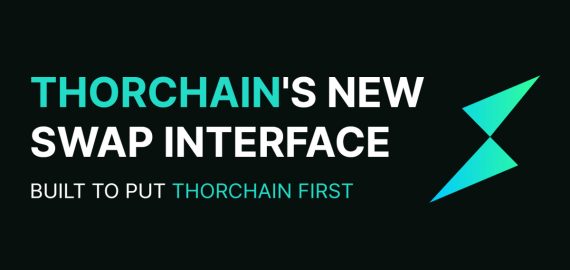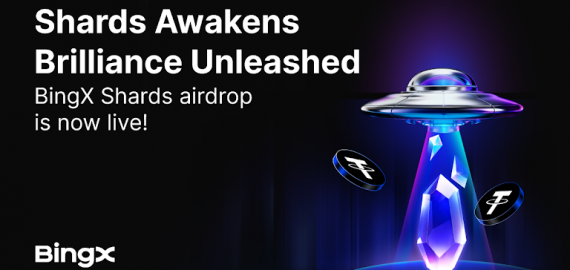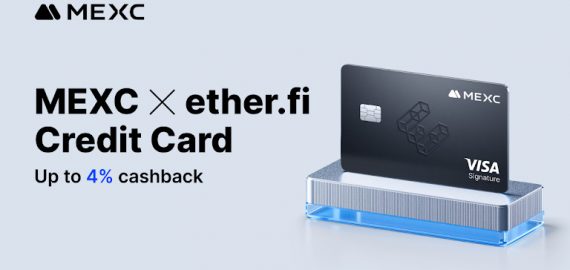How Staking in Web3 is Changing How Players Approach GameFi

In Brief
Used correctly, the implementation of staking mechanisms in game worlds has the potential to provide community-driven support and funding for game developers, while making players long-term stakeholders in the future of a given project

The concept of staking in the Web3 space involves locking up cryptocurrency tokens for a set period of time in order to earn further rewards. Typically a feature of Proof-of-Stake (PoS) blockchains, staking is a crucial security and governance mechanism, and as such, is rewarded with passive returns according to the number of tokens and the length of time they were staked.
Now, Web3 games that make up the gaming finance (GameFi) space are integrating staking as part of their native gameplay, effectively blurring the line between gaming and finance, while enhancing player engagement, and even making it easier to crowdfund further game development.
By making staking an optional part of the core gameplay loop, developers have been able to foster stronger connections with their player base, giving players an ongoing financial interest in the project in the form of real-world, ownable rewards.
Just as normal staking on Proof-of-Stake (PoS) blockchains incentivize coin holders to participate in governance and security, GameFi can attract new players with the promise of passive income that involves more
The gameplay must also be enticing enough to make the process worthwhile, since anyone could just go to a standard staking protocol instead, or use a product offered by the likes of Binance or Coinbase.
Examples of GameFi Staking
Metaverse worlds have incorporated the concept in several ways. Games like Decentraland and The Sandbox allow players to rent out parcels of land they buy, or build virtual creations that can be sold on the open marketplace. Axie infinity and its numerous offshoots involve buying and then breeding pet monsters that can be sold for profit.
Landlord GO is a geo-location based mobile game that provides a similar gameplay loop to the likes of Decentraland and The Sandbox, allowing players to buy virtual representations of real-world properties near their physical location. Owned properties generate rent over time according to their starting value, and the number of ‘check-ins’ they get from other players in the virtual world.
Properties can be upgraded – increasing their rental value – and traded on the open market, making up a core gameplay loop that sees players become property tycoons in a geo-location based metaverse.
Players must strategically manage their portfolios, while navigating a social digital space wherein alliances can be formed with other players as they compete in global challenges, while maximizing returns on their initial stake.
Landlord GO is one of the most successful projects to come out of the Reality Metaverse ecosystem, attracting over 7 million players, while sustaining a monthly active player base of over 800,000.
Users in the Web3 ecosystem can stake their tokens to support game development in the Web2 ecosystem, even if these games do not feature NFTs or tokens. In this model, a portion of the revenues generated by Web2 games is reinvested in Web3 through token buybacks, benefiting those who have invested in the projects.
Despite being entirely Web2, Landlord Go already generates tens of thousands of dollars daily for the Reality Metaverse ecosystem. We aim to expand this contribution by adding a minimum of 8 new titles to the ecosystem this year.
Reality Metaverse (RMV) is a gaming launchpad and development ecosystem that extends the reach of its in-game staking mechanism by returning income from in-game purchases back into the project. This helps players become stakeholders in the next generation of games, while building a more loyal user base through revenue-sharing – something that isn’t even an option in the mainstream/web2 gaming industry.
This philosophy has already been used by Reality Metaverse to integrate staking to their games; Weather Challenge, Trumpet Tycoon and Streetvers, which are all funded from the ground up without reliance on venture capital, and return that investment back to the player.
Effects of Smart Staking Integration
Used correctly, the implementation of staking mechanisms in game worlds has the potential to provide community-driven support and funding for game developers, while making players long-term stakeholders in the future of a given project.
These mechanisms are changing how players involve themselves with games, while also transforming the idea of ownership by distributing profits among the players themselves.
Disclaimer
In line with the Trust Project guidelines, please note that the information provided on this page is not intended to be and should not be interpreted as legal, tax, investment, financial, or any other form of advice. It is important to only invest what you can afford to lose and to seek independent financial advice if you have any doubts. For further information, we suggest referring to the terms and conditions as well as the help and support pages provided by the issuer or advertiser. MetaversePost is committed to accurate, unbiased reporting, but market conditions are subject to change without notice.
About The Author
Gregory, a digital nomad hailing from Poland, is not only a financial analyst but also a valuable contributor to various online magazines. With a wealth of experience in the financial industry, his insights and expertise have earned him recognition in numerous publications. Utilising his spare time effectively, Gregory is currently dedicated to writing a book about cryptocurrency and blockchain.
More articles

Gregory, a digital nomad hailing from Poland, is not only a financial analyst but also a valuable contributor to various online magazines. With a wealth of experience in the financial industry, his insights and expertise have earned him recognition in numerous publications. Utilising his spare time effectively, Gregory is currently dedicated to writing a book about cryptocurrency and blockchain.

















































